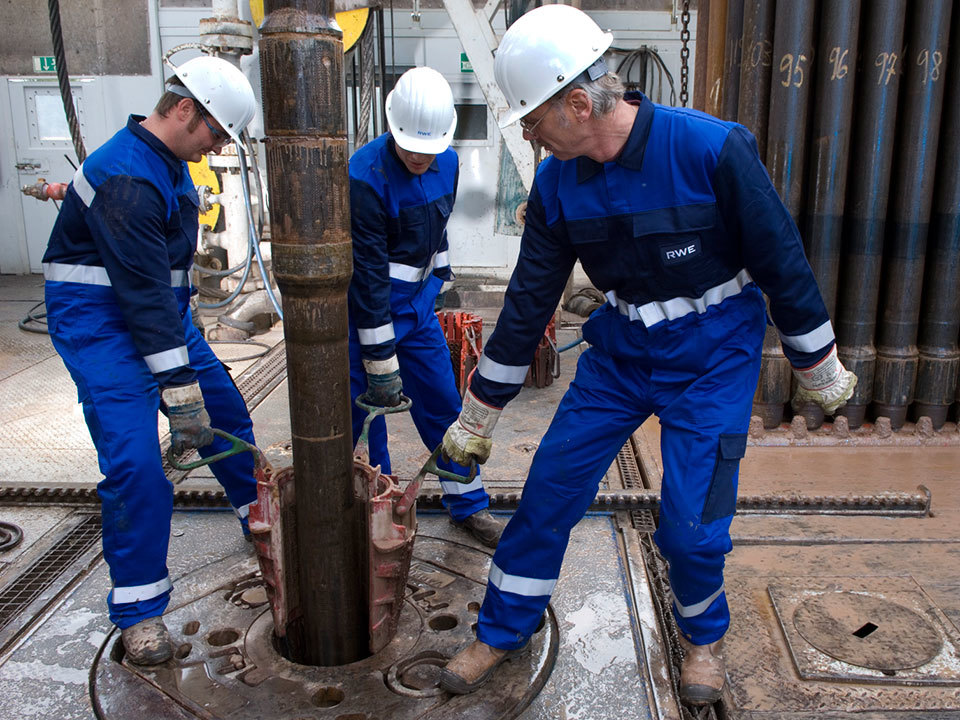
Bosses from leading offshore companies were last night in talks over new technology which could help squeeze more than one billion extra barrels of oil out of the North Sea.
A thick gel, including compounds found in every-day washing up liquid, could be pumped into subsea reservoirs to recover the vast reserves which remain in some of the UK’s oldest fields.
Traditional methods using water to force oil from pockets underground can leave up to 65% behind.
But a French team, from The Chemical EOR Alliance, believes a combination of chemicals developed by scientists could get an extra 25% out of some ageing fields.
The firm’s boss, David Sorin, said the chemicals would be manufactured in Scotland and could create thousands of jobs.
It is understood that nine firms, BP, Talisman Sinopec, EnQuest, Taqa, Shell, Total, Chevron, Xcite Energy and Statoil, discussed the technology yesterday.
Chevron said yesterday that it is testing the injection techniques at its Captain field.
“There is a lot of interest,” Mr Sorin said last night.
“The Department for Energy and Climate Change has shared with us data from a number of fields in the UK which would be good candidates for the technology.
“Based on the early analysis we have done, there are some good prospects.”
Chemical injection has been around since the 1980s, but has previously been deemed unsuitable for the temperatures and pressures found beneath our waters.
However, The Chemical EOR Alliance says it has found a chemical combination viable for the UK.
It uses polymer chemicals to make water thicker and stickier, like a gel, and then adds surfactants, which are used in washing up liquids and washing powder, to flush more oil out of rocks beneath the ocean.
Mr Sorin believes of the six billion barrels which could be recovered using advanced oil techniques, up to 20%, 1.2billion barrels, could be recovered using the chemicals.
BP North Sea boss Trevor Garlick told industry leaders yesterday that enhanced oil recovery (EOR) plans will be crucial for the future of the North Sea.
The high price of oil, and technological advances, makes chemical EOR viable in the region.
Firms are exploring how to get chemicals offshore.
“It will be a huge logistical exercise, because you need vast quantities of the stuff,” Mr Garlick said.
“Maximising oil recovery needs to be critical on our agendas,” he told a business breakfast at the Aberdeen Exhibition and Conference Centre.
“We need greater emphasis on reservoir recovery.”
He added: “I would love us to create a bit more urgency and a bit more pace around EOR in the North Sea.”
Oil firms test experimental technology
Chevron has been piloting the use of polymer chemicals in the North Sea.
The firm has been carrying out a trial on Captain, 80 miles north east of Aberdeen.
“Chevron is working on a pilot enhanced oil recovery project on the Captain Field which is utilising polymer injection and is collaborating with industry and government in working towards maximising the recovery of the UK’s remaining oil and gas reserves,” a spokeswoman said.
Taqa confirmed it attended yesterday’s talks and the firm confirmed that it is testing polymers and surfactants –the combination being put forward by the French consortium – in laboratories.
A spokeswoman said: “Taqa is interested in enhanced oil recovery (EOR) using surfactant and polymer chemicals or miscible gas/CO2.
“These technologies offer the possibility of recovering a substantial volume of oil which would otherwise be left in the ground with conventional recovery methods, such as water injection.
Background: Pumping up oil recovery rates
Once in production, only about 10% of the oil in the reservoir naturally flows to the surface under its own pressure.
For decades, firms have used water to push or flood as much of the remaining oil as possible out – a technique called water-flooding. But this can leave an average of 65% behind – which would be worth billions of pounds if companies could get at it. Leading experts in physics are working on enhanced oil recovery (or EOR) schemes.
BP says it is leading the way in developing radical new technologies that push the boundaries of what is possible in the recovery of oil from conventional resources.
As well as looking at polymers, the firm is a champion of Lo-Sal – which involves the injection of low salinity water into an already water-flooded reservoir. The company is incorporating provision for Lo-Sal in its Clair Ridge development west of Shetland.
Screening studies point to potential increased reservoir recovery rates of between 2% and 12%.
“The prize for improving EOR across the world is enormous,” the firm said.
Recommended for you
